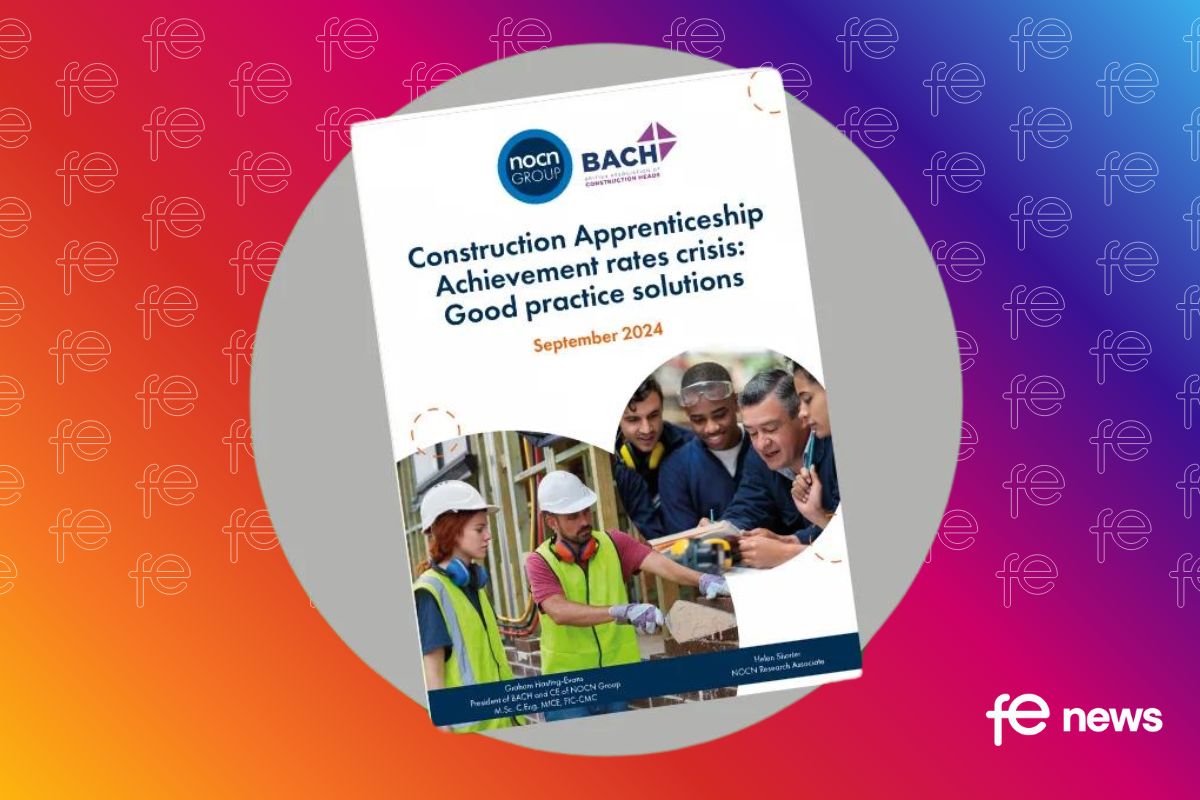Are you using these killer metrics to measure your success?

Anyone who has worked in the FE sector for any length of time knows a great deal about metrics. It sometimes seems that someone is measuring just about everything the sector does.
Some measurements are important because they shed light on your progress and success. Some measures help you to work out if you are achieving your goals.
In the field of employer engagement there are two metrics that really do illuminate success and draw attention to where more needs to be done. They are so valuable that they can be called “killer metrics”.
Are you using these metrics?
If you are, what do they tell you about your success with employers?
Killer Metric One: The ratio of new business to repeat business
This metric is all about the volume of new employer business you gain set alongside the amount of repeat business you do with employers. In other words what proportion of those employers who do business with you once go on to give you a second piece of business?
This is a useful metric. It offers you an approach to finding out, in broad terms, how highly your offer is valued by employers and how satisfied your employer customers are with what you do.
If you find a significant proportion of employers you engage with do business with you once, and don’t come back, then you have an issue to investigate and a ready-made group of customers with whom to investigate that issue.
If lots of new employers come back to you for further support, congratulate yourself in the short term. Then use the current new business to repeat business ratio to set a benchmark for your future performance. Monitor the trends over time to see how well you’re doing.
Killer Metric Two: Measuring the cost of acquiring new business
How much does it cost you to get your first piece of business with a new employer? Will you be spending more this year on the task of getting new employer business than you did last year?
There’s a strong case to be made that year-on-year your cost of acquisition of each new employer customer should go down.
After all, if you’re good at what you do, the longer you are in business, the more repeat business you’ll get from satisfied customers. You’ll also get lots of referrals, because employers who have experienced your provision will tell other employers about your service and recommend you.
Follow the logic of this and as time goes by the cost of getting each new customer will go down. That’s because you will have an unpaid sales force out in your marketplace promoting you and acquiring new business for you. Thus, you will need to spend less on prospecting, that is, looking for new business.
If you accept this argument then spending the same or more each year on getting each new customer is a bad sign. It suggests that you’re not building up enough goodwill and support for your work in your marketplace. It also suggests that you may have issues about the perceived value of what you do to resolve.
Either way this metric provides you with useful information.
Measuring the right things
These two metrics are valuable in helping you to judge the quality of your organisation’s relationship with employers.
Use them to help you to set your year-on-year success targets for your work with employers and as a means of measuring if employers value your service. Both metrics will help you to build your success with employers, so if you’re not using them now, you might consider using these metrics for the future.
Margaret Adams is a consultant who helps provider organisations to do more business with more employers.










Responses